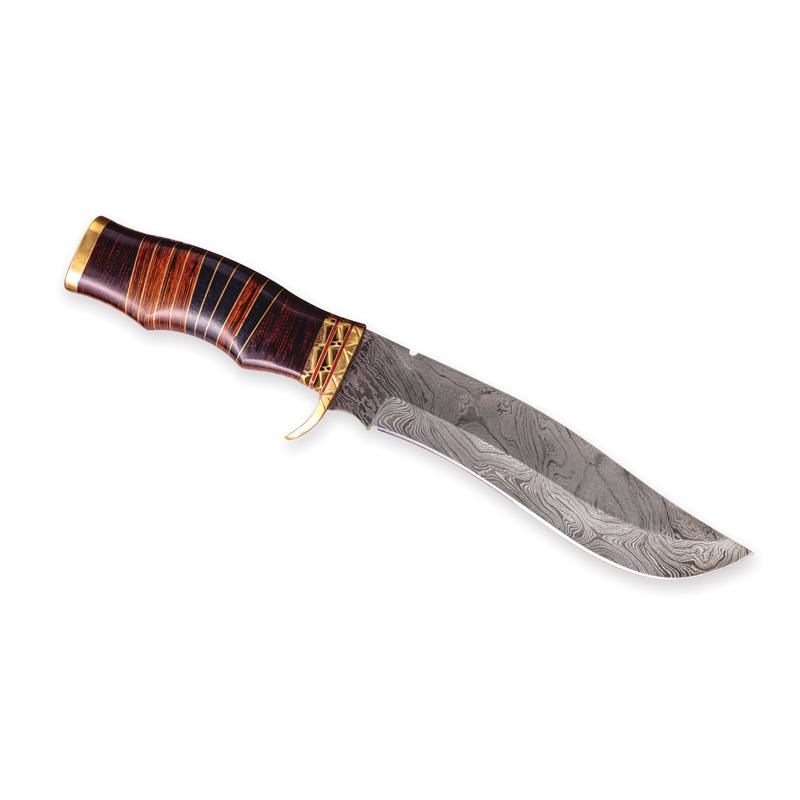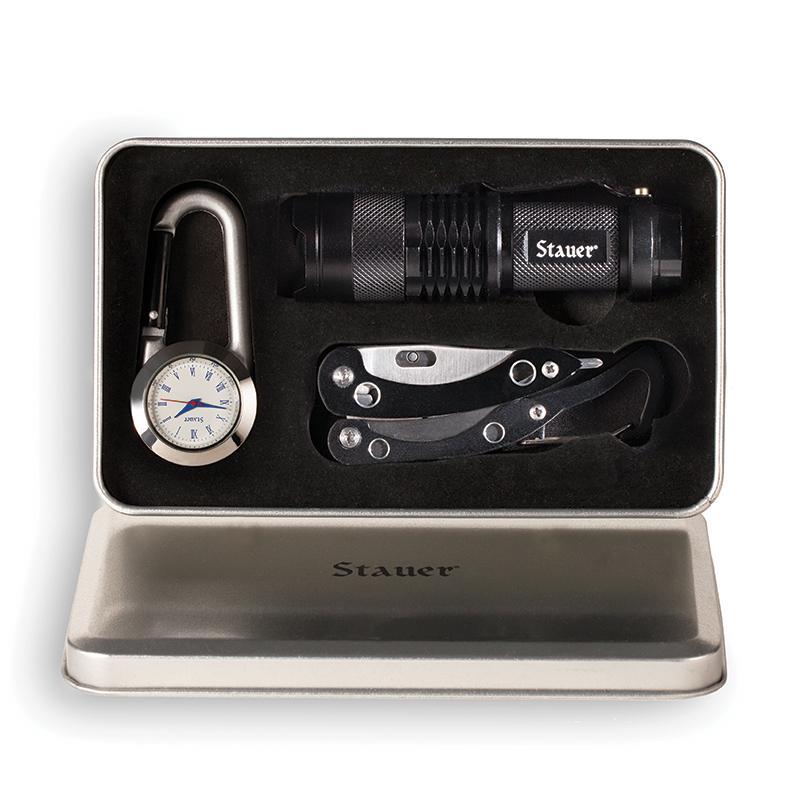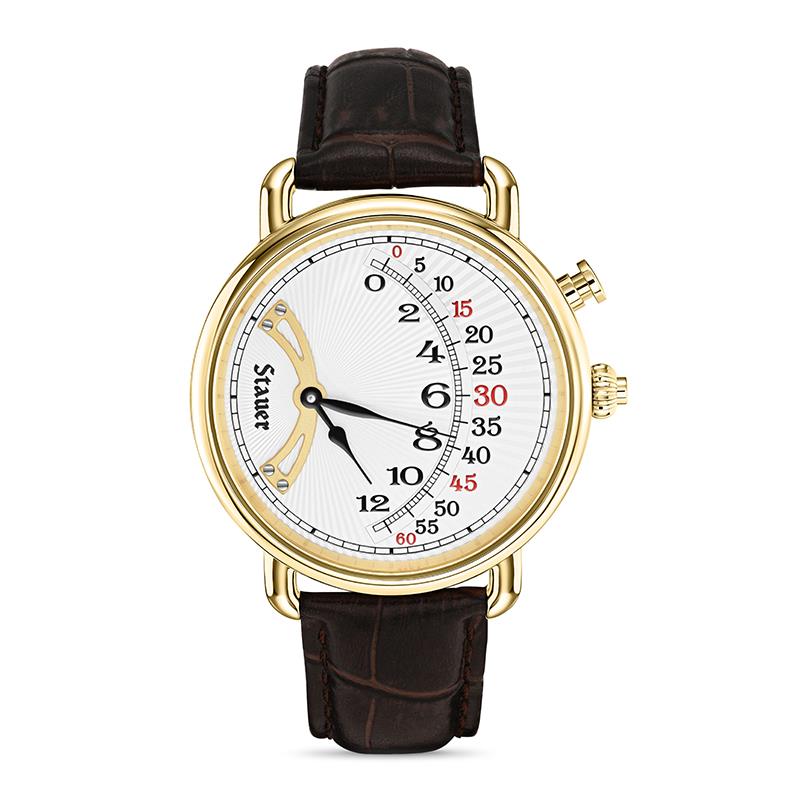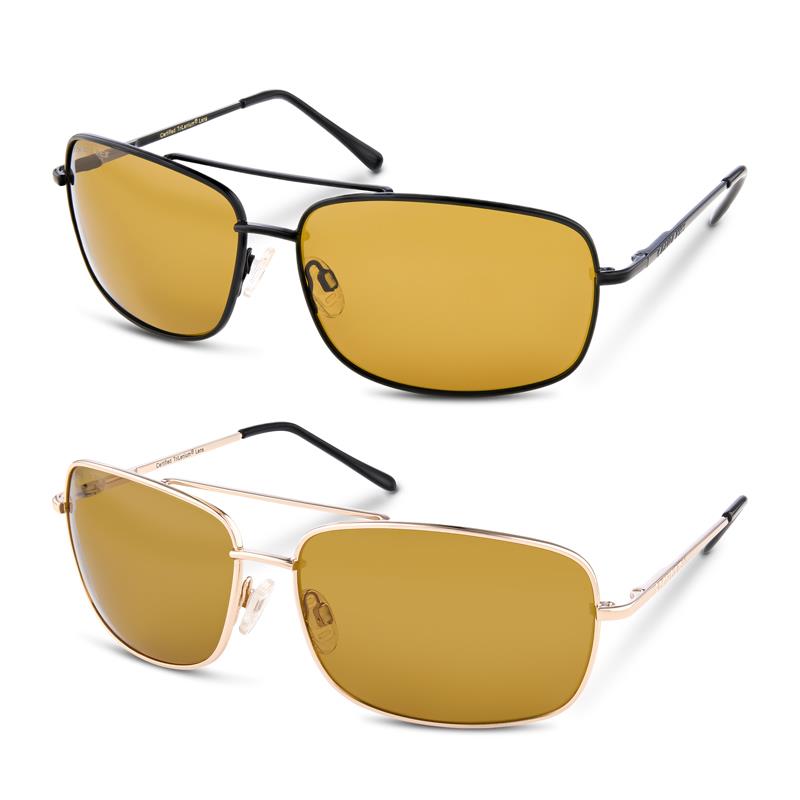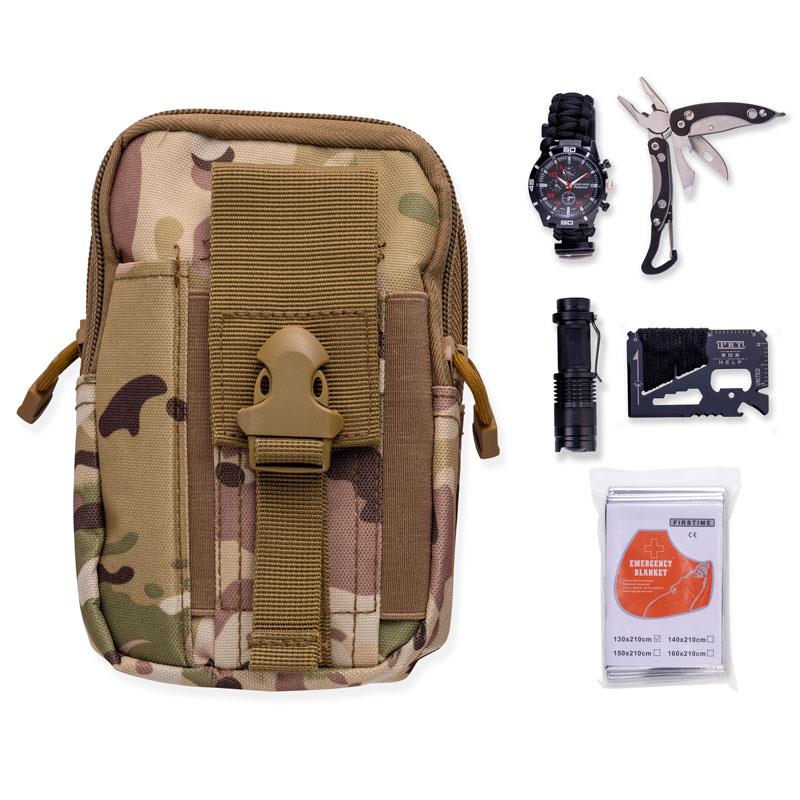The Road to Beautiful Ruins
My friend Jeff is many things: a consummate ladies man, a world-class cook, an avid deep-sea fisherman. He’s also one of the world’s foremost experts on the Incan Empire. When some fellow archeologists recently ran into a mystery in Peru, they asked him to pay a visit, and he extended an invitation to me.
We met his archeologist buddies at the so-called “Band of Holes” on the Nazca Plateau. This mysterious feature of the landscape is made up of roughly 6,000 man-sized holes carved out of rock. As we bent down to get a closer look at this cryptic terrain, Jeff unsheathed a knife that he’d just bought in nearby Pisco. Pulling some of the dirt back with the blade, Jeff uncovered some fossilized corn kernels.
Eureka. This land was located next to an old Incan road that led to an administrative center. These holes, he hypothesized, were used to measure taxes to the Incan state, paid in corn, beans, chiles and other produce.
As a thanks for keeping him company, Jeff gave the blade to me as a gift. Inspired by that important piece of cutlery, I can now offer you the Peruvian Nazca Knife, a stunning study in Damascus steel and pakkawood that’s sure to find a treasured place in your collection.
What is Damascus steel? Why, it’s a metal that was the preferred medium of warriors and crusaders. Forged by repeatedly heating and cooling metal in a quenching liquid called “dragon blood,” this metal was said to take on magical powers. Now you can get your hands on some
California residents please call 1-800-806-1484 regarding Proposition 65 regulations before purchasing this product.



